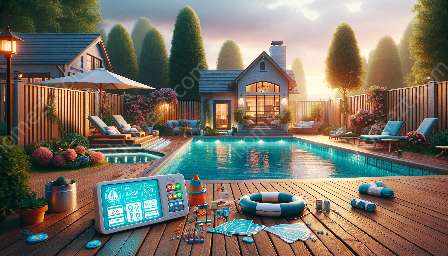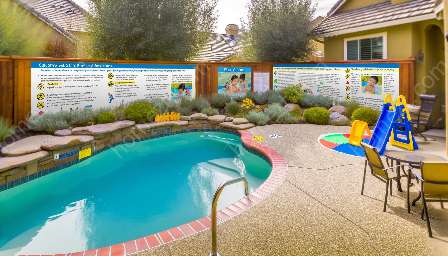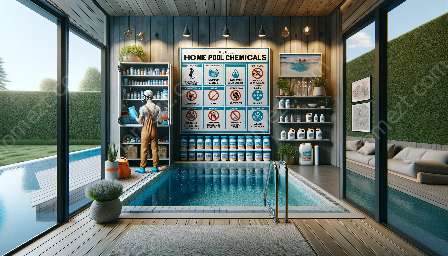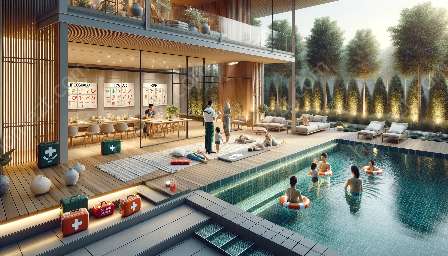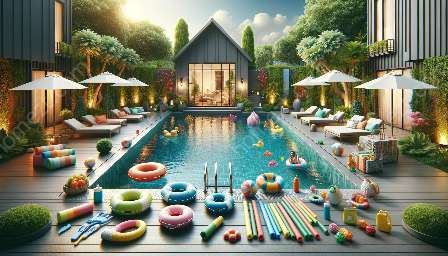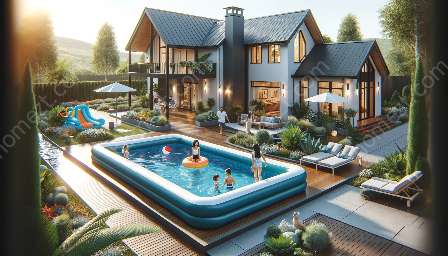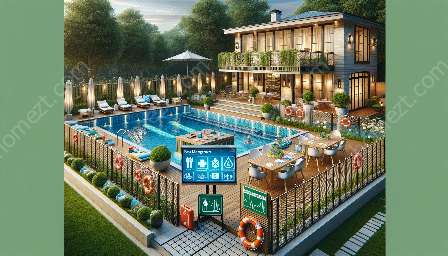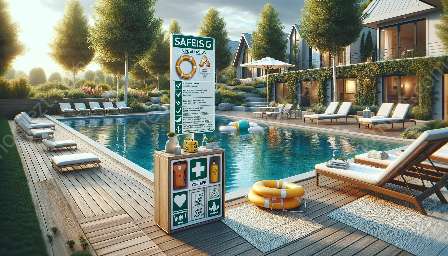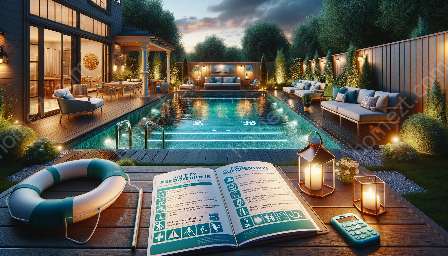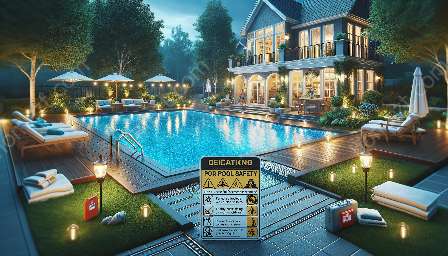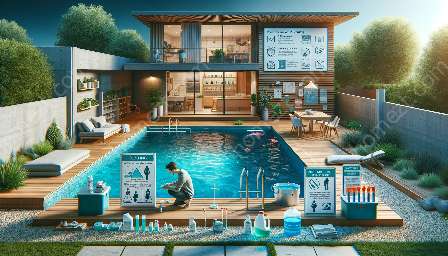Slip and fall accidents around pools can lead to severe injuries and even fatalities. It is crucial to prioritize home pool safety by implementing effective measures to prevent these hazards. By understanding and addressing potential risks, you can enhance overall home safety and security.
Identifying Common Slip and Fall Hazards Around Pools
1. Wet Surfaces: Pool decks and surrounding areas are often wet, which can significantly increase the risk of slips and falls. Spilled beverages, water splashes, and rainy weather can further exacerbate this hazard.
2. Uneven or Damaged Flooring: Cracked or uneven pool decks, loose tiles, and slippery surfaces pose serious dangers, especially when combined with water or other substances.
3. Lack of Proper Drainage: Poor drainage systems can result in pooling of water, creating slippery surfaces and potential trip hazards.
Essential Strategies for Preventing Slip and Fall Hazards
Preventing slip and fall hazards around pools requires a proactive approach and ongoing maintenance. Consider implementing the following strategies to enhance home pool safety and overall security:
1. Use Anti-Slip Surfaces
Utilize slip-resistant materials for pool decks and surrounding areas to minimize the risk of accidents. This includes textured tiles, rubber mats, and specialized coatings designed to provide better traction.
2. Maintain Proper Drainage
Regularly inspect and maintain drainage systems to prevent water from accumulating on pool decks. Ensure that downspouts and gutters effectively divert water away from these areas.
3. Install Handrails and Grab Bars
Strategically place sturdy handrails and grab bars near the pool and on steps to provide additional support and stability. These safety features can assist individuals in maintaining balance and preventing falls.
4. Implement Adequate Lighting
Install adequate lighting around the pool area to improve visibility, especially during the evening or nighttime. Proper illumination can help individuals identify potential hazards and navigate safely.
5. Enforce Safety Rules
Educate family members and guests about pool safety rules, including the importance of walking cautiously on pool decks and avoiding running or horseplay near the water. Establish clear guidelines to minimize the risk of accidents.
6. Perform Regular Maintenance
Regularly inspect and maintain pool surfaces, equipment, and surrounding areas to address any potential hazards promptly. Repair damaged flooring, address leaks, and remove any obstacles that could contribute to slip and fall incidents.
Importance of Proper Signage and Safety Equipment
Utilizing clear and visible signage around the pool area is crucial for communicating important safety information. Display warnings about slippery surfaces, diving rules, and other relevant guidelines to reinforce safe behavior.
Additionally, keep essential safety equipment nearby, including life rings, reaching poles, and first aid kits. Being prepared for emergencies can significantly mitigate the impact of unforeseen accidents.
Creating a Culture of Safety and Vigilance
Ultimately, maintaining a safe pool environment is a collective responsibility. Encourage proactive safety measures and vigilance among all individuals who use the pool. By fostering a culture of safety and promoting awareness, you can significantly reduce the likelihood of slip and fall incidents.
Conclusion
Preventing slip and fall hazards around pools is an essential aspect of home pool safety and overall home security. By implementing the strategies outlined in this guide, you can create a safer and more enjoyable environment for your family and guests. Prioritizing proactive measures and ongoing maintenance will contribute to a secure and hazard-free pool area.


